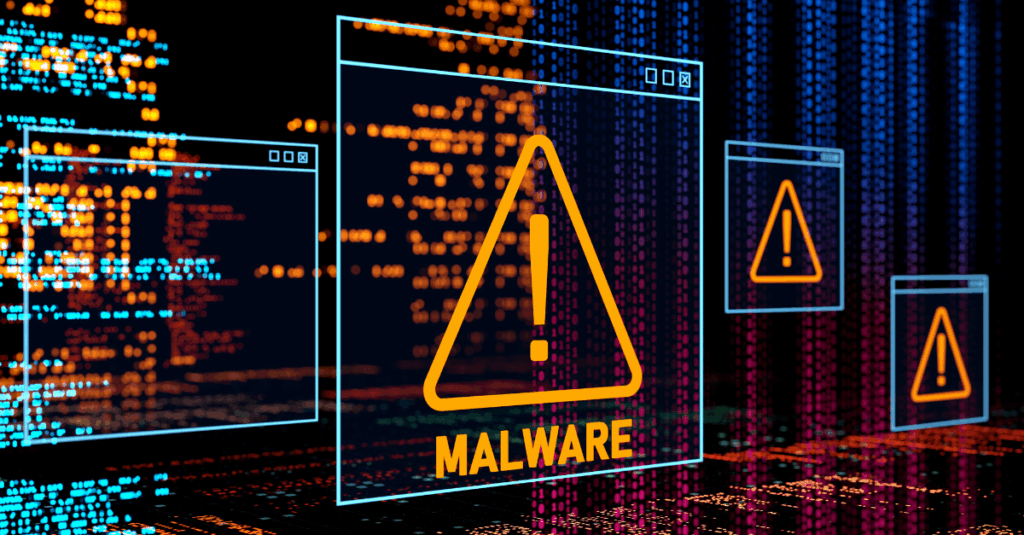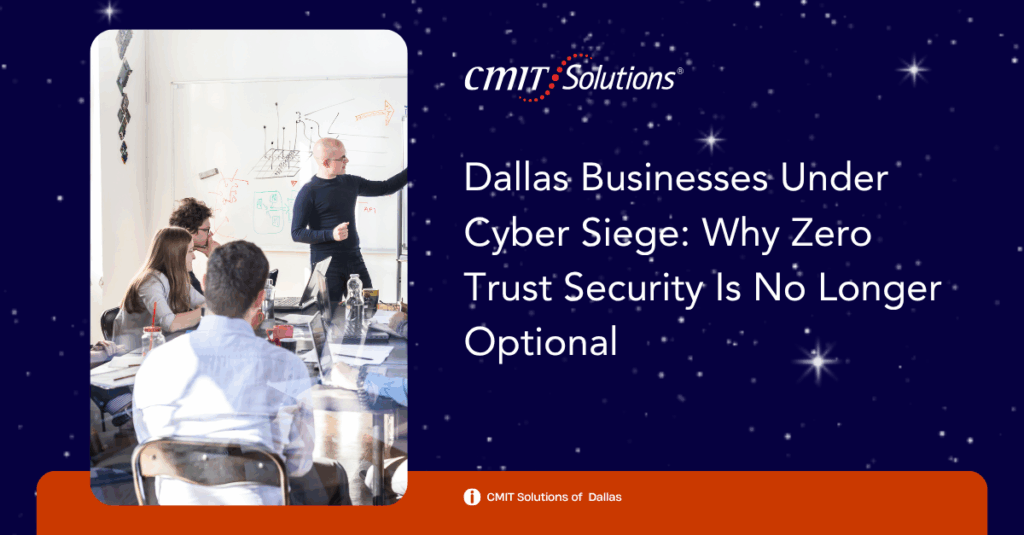No cyber threat has captured the headlines in recent years like ransomware. Attacks that lock down systems, encrypt files, and demand payment for release have evolved into a multibillion-dollar criminal industry. For small and midsized businesses (SMBs), ransomware isn’t just a nuisance it’s an existential risk.
Without a clear ransomware response plan, organizations risk data loss, costly downtime, and reputational harm. This blog outlines what ransomware is, why it matters, and the steps every business can take to build a readiness plan that protects operations and customer trust.
What Is Ransomware and Why Is It So Dangerous?
Ransomware is malicious software that blocks access to files or entire systems until a ransom is paid. Modern ransomware strains often combine encryption with data exfiltration, meaning attackers steal information and threaten to leak it even if businesses restore backups.
Why It Matters for SMBs
- Cost of Downtime: Every hour offline translates to lost revenue and productivity.
- Data Breach Risks: Stolen data can lead to compliance penalties.
- Reputational Damage: Customers lose trust when sensitive data is exposed.
These dangers highlight the importance of a multi-layered cybersecurity strategy that goes beyond antivirus and firewalls.
The Anatomy of a Ransomware Attack
Understanding how ransomware infiltrates systems helps organizations defend against it.
Common Entry Points:
- Phishing Emails: Malicious attachments or links disguised as legitimate communication.
- Weak Passwords: Easy-to-crack credentials reused across platforms.
- Unpatched Systems: Vulnerabilities in outdated software.
- Cloud Misconfigurations: Exposed storage buckets or unsecured backups.
Small businesses should regularly test for vulnerabilities and work with partners who specialize in intelligent network management to monitor for suspicious activity.
Why SMBs Are Prime Targets
Large corporations may make headlines, but SMBs are often more attractive targets. Attackers know smaller organizations frequently lack the dedicated IT staff, compliance officers, and layered defenses of bigger enterprises.
According to industry research:
- Nearly 60% of SMBs close within six months of a severe cyberattack.
- Average downtime after ransomware exceeds two weeks.
That’s why having managed IT support on call can be the difference between recovery and collapse.
The Foundation of a Ransomware Response Plan
Every readiness plan should include four critical components:
- Preparation – Preventing attacks with layered defenses.
- Detection – Identifying ransomware activity early.
- Response – Acting quickly to isolate and contain incidents.
- Recovery – Restoring operations with minimal disruption.
These steps must be documented, tested, and communicated across the organization.
Preparation: Proactive Steps to Minimize Risk
Prevention is the most effective defense against ransomware. Businesses should:
- Deploy ransomware-proof backup solutions that are encrypted and stored offsite.
- Train employees on phishing recognition with ongoing anti-phishing strategies.
- Apply timely updates through automated patching.
- Adopt zero-trust principles to limit lateral movement.
- Use cloud-smart security strategies for hybrid work environments.
Detection: Early Warning Systems
The sooner ransomware activity is detected, the more damage can be contained. Modern detection strategies include:
- Endpoint Detection & Response (EDR) solutions powered by AI.
- Network traffic analysis to flag unusual data transfers.
- Log monitoring to spot brute force login attempts.
Partnering with providers skilled in digital growth strategies ensures these tools are integrated into everyday workflows.
Response: Containment and Communication
If ransomware does strike, swift action matters. Your response plan should include:
- Isolation: Immediately disconnect infected systems from the network.
- Communication: Notify stakeholders, employees, and (if applicable) customers.
- Decision-Making: Work with experts to determine whether to attempt decryption, restore backups, or engage law enforcement.
Experienced IT consulting advisors can provide guidance during these critical moments.
Recovery: Restoring Systems and Operations
A ransomware response plan must focus on business continuity as much as data recovery.
Recovery Essentials
- Maintain multiple verified backups, including offline copies.
- Regularly test backup restoration.
- Use business continuity strategies to minimize downtime.
- Document lessons learned and update the plan after each incident.
The Role of Compliance in Ransomware Response
Regulatory frameworks like HIPAA, PCI DSS, and GDPR require businesses to safeguard customer data.
Failure to prepare for ransomware can result in hefty fines in addition to the ransom itself.
Automating processes with compliance management solutions helps SMBs maintain audit-ready documentation while staying focused on recovery.
Educating Employees: The Human Firewall
Employees are often the first line of defense—and the weakest.
Creating a culture of cyber awareness ensures that phishing attempts, suspicious links, and unusual system behavior are reported quickly.
Reinforce training with realistic phishing simulations and awareness campaigns designed to prevent downtime. After all, downtime prevention saves more money than any ransom payment ever could.
Why You Need a Trusted IT Partner
Building a ransomware response plan is complex. It requires technical tools, employee training, compliance knowledge, and constant updates.
For SMBs, partnering with an experienced provider is the most effective way to stay protected.
From cloud misconfiguration protection to ransomware-proof backups, CMIT Solutions offers the end-to-end support needed to reduce risks and respond effectively.
Conclusion: Readiness Is the Best Defense
Ransomware isn’t going away. Attacks are becoming more targeted, more costly, and more destructive.
But with the right preparation, detection, response, and recovery plan, small businesses can protect themselves.
By combining multi-layered cybersecurity with strategic IT partnerships, businesses can withstand ransomware threats without sacrificing growth or customer trust.
The time to act is now before ransomware finds its way into your systems.








